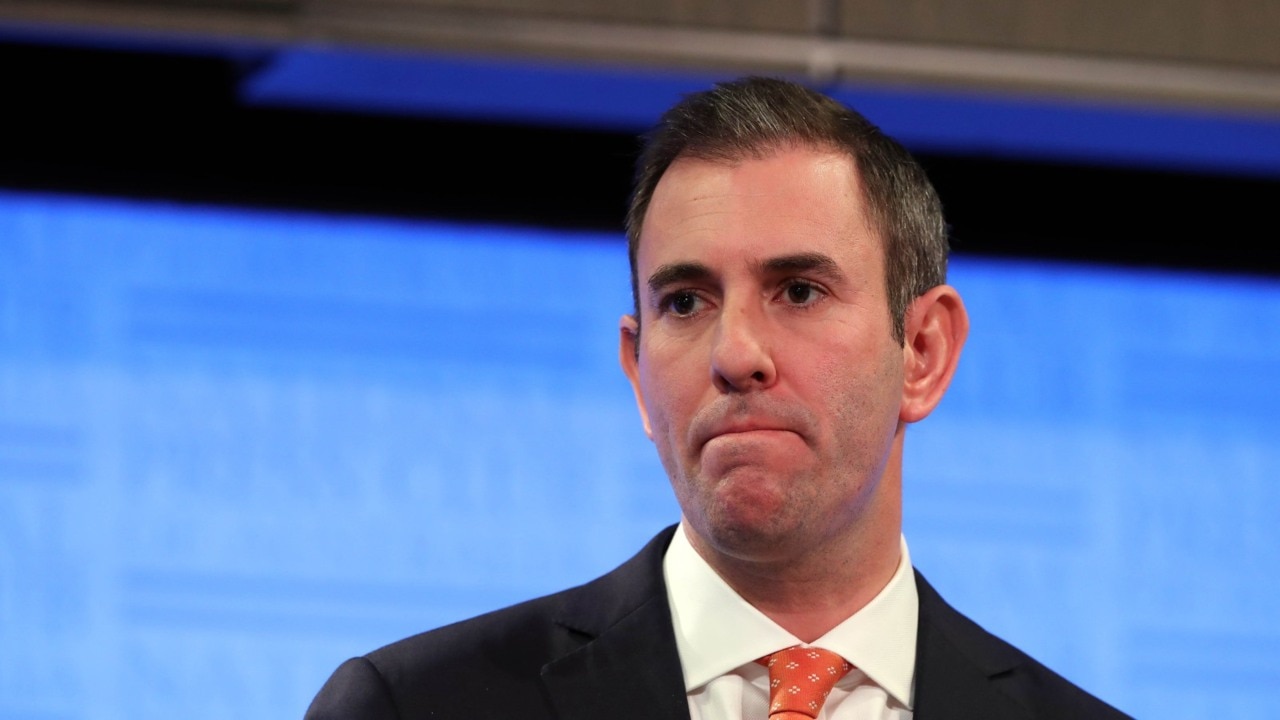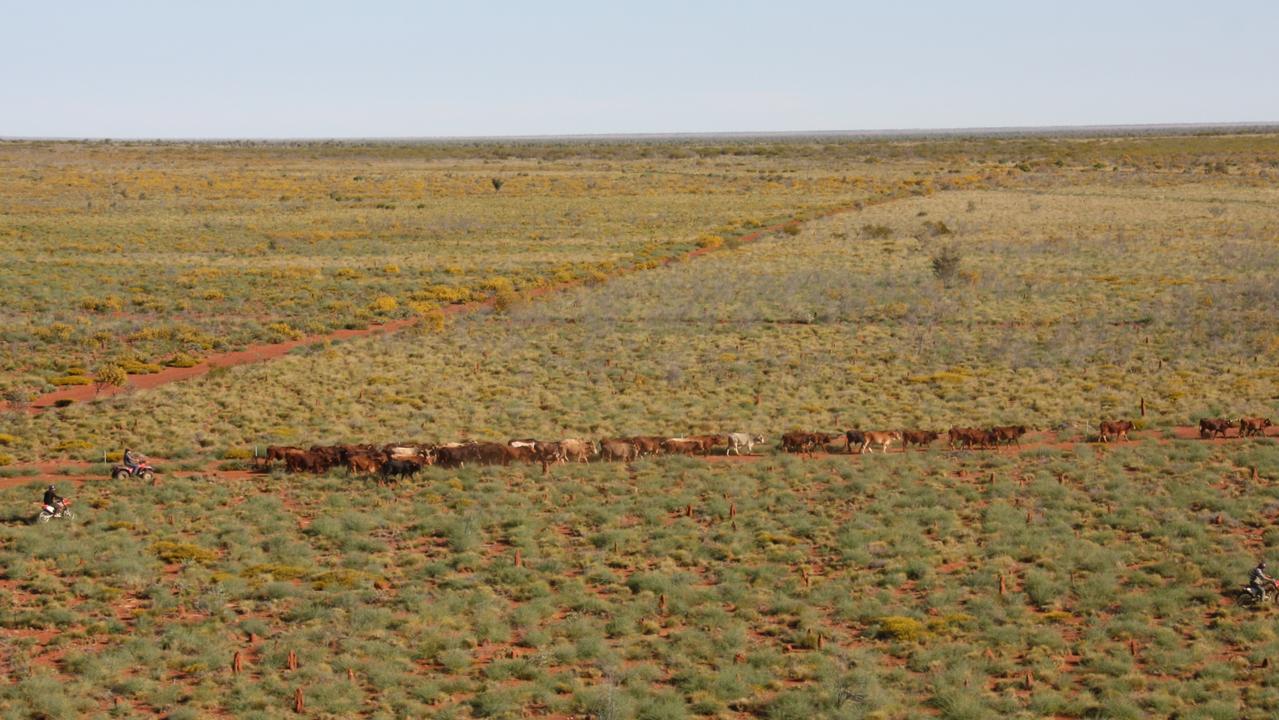Country roads crisis: Desperate plea from rural councils for funding
Victoria’s regional and rural road network is “dangerous and dodgy” as “unsustainably low” funding is delaying essential maintenance.

Victoria’s regional and rural road network is “dangerous and dodgy”, deteriorating under the weight of increasing traffic and essential maintenance is being delayed due to chronic underfunding.
The Municipal Association of Victoria revealed budgets are so tight that many of Victoria’s 48 regional councils cannot perform more than 65 per cent of their annual road maintenance requirements.
The MAV also said black spot funding processes that pitted one council against another to secure scant funding were so competitive, “painful” and costly that some had simply stopped applying.
MAV president David Clark said councils “just don’t have the money” to keep up with the decline of rural roads and said an immediate $150 million one-off injection would only increase upkeep to 90 per cent for one year.
“That has been the case now for 10 or 12 years, things are holding together but the dam wall will break soon on a lot of rural roads, due to unsustainably low state and federal funding,” he said.

“It is not so much flood damage as emergency funding should cover that. Our biggest concern is the general wear and tear stuff over time that continues to get away from councils. Soon there will have to be a day of reckoning.”
Victorian councils are responsible for 87 per cent of the state’s road network, or about 133,000 kilometres.
The MAV has called for an $500 million of new federal funding to be indexed annually for local road maintenance, $300 million per annum over four years to address first and last mile issues, increasing the federal Roads to Recovery program from $500m to $800m and the Black Spot Program to be increased from $110 million to $200 million per annum.
Victoria could expect about a quarter of that amount on current distribution models.
However, Treasurer Jim Chalmers has recently met with the states to discuss the government’s changing infrastructure fiscal strategy amid news the Victorian government has halted two major rail projects due to budget pressures.
The situation has fuelled stakeholder concerns that Mr Chalmers may cut or defer infrastructure spending in next month’s federal budget.

Rural Councils Victoria said while extreme weather rendered hundreds of roads unusable, many were already in a “shocking state of disrepair”.
Victorian councils are hamstrung in raising extra cash to fix and improve roads due to a tight rate cap imposed by the state government.
An investigation by The Weekly Times found many council’s were struggling to find the cash to maintain their local roads before last year’s devastating floods.
A hi-tech Transport Department audit of 8400km of roads recently found “significantly accelerated deterioration” across the network.
Victorian Farmers’ Federation president Emma Germano said while maintenance funding “keeps going backwards, Victorians keep risking their lives on dodgy and dangerous roads”.
She called on the state government to create an agricultural freight strategy to target spending in areas of most need and to keep open routes to markets when disaster strikes.
The recently-formed Rural Roads Alliance has called for a $5.5 billion emergency roads funding package to be included in the federal budget.
National Farmers’ Federation chief executive Tony Mahar has implored the federal government in “a Budget where almost anything could be on the chopping block” to fix “broken transport networks hindering produce being able to leave farms.”
Victoria’s federal road maintenance funding has remained at an average of $55 million each financial year since 2010-11 and the $470m annually allocated by the state government to the Transport Department for regional road maintenance has remained stagnant for several years.
Councils also said any further budget hits to popular funding portals, such as the road black spot programs would be profound for many local government areas.

“Black spots funding is only available by competition. You can spend 5 per cent of your budget in submissions, these competitive processes are really painful because you are just pitting one council against another.
“We have areas that are bad black spots but if they do not have big accident statistics against them then you just don’t get the money. So, we have councils now who just save the money and don’t bother even applying.”
Meanwhile, Nationals leader David Littleproud has backed calls for an audit of how state and federal roads and infrastructure funds are distributed, suggesting a better model would quarantine regional funding from budgets and hand councils increased discretion to direct spending to areas of greatest need.
Both the Victorian and federal governments were contacted for comment.




